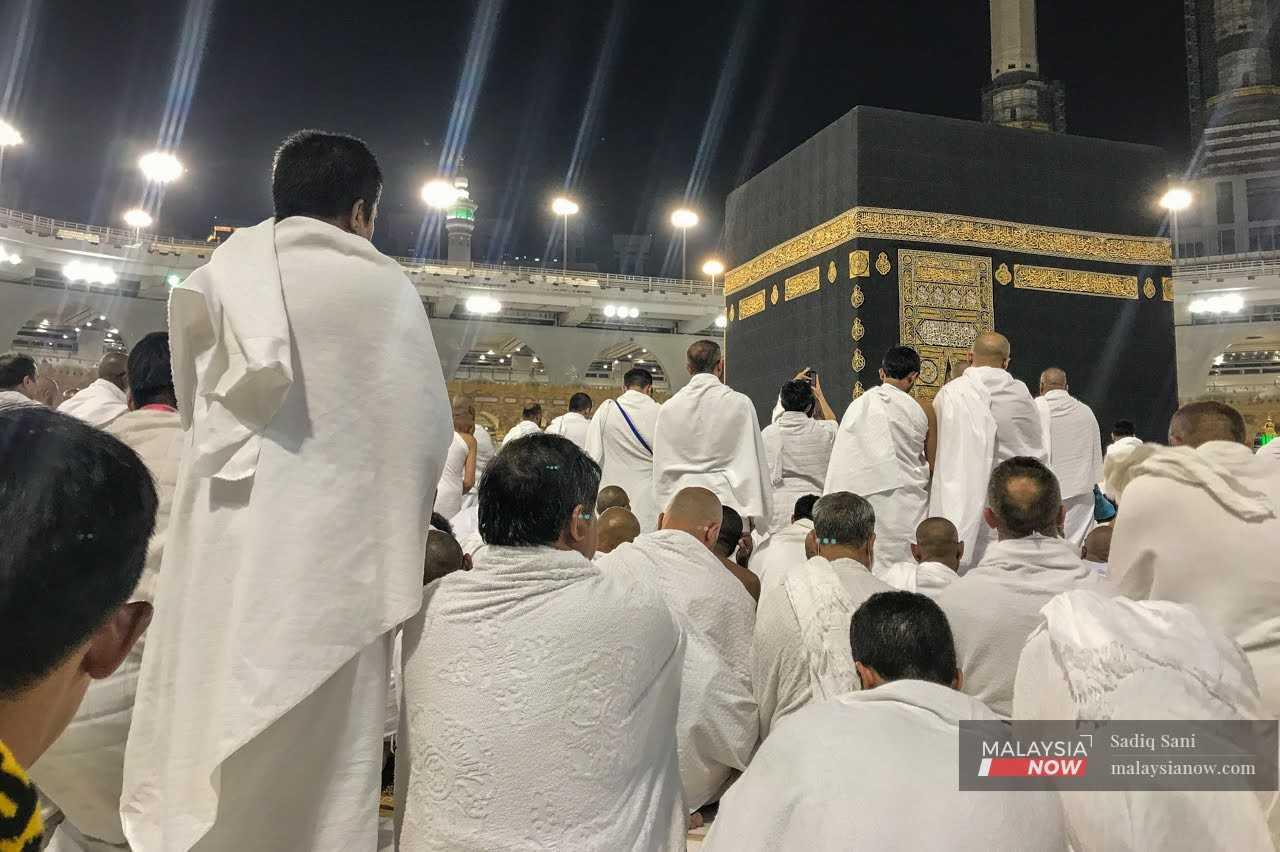Malaysia's RM3 billion pilgrimage 'business' set for further growth despite spiralling costs
The number of umrah pilgrims alone has increased by an estimated 900% over just 25 years.
Just In
Malaysia's pilgrimage industry appears set for unparalleled growth despite the hurdles brought on by the Covid-19 pandemic, with the number of umrah pilgrims alone increasing by an estimated 900% over just 25 years.
Umrah, a non-mandatory form of worship, can be performed at any time of the year. Haj, meanwhile, is the fifth pillar of Islam and must be performed by all able-bodied Muslims at least once in their lifetime.
Razali Mohd Sham, chairman of the Association of Umrah and Hajj Travel Agents, said the number of umrah pilgrims just before the onset of the movement control orders (MCOs) stood at 290,000.
This marked an astonishing 900% increase from the 30,000 pilgrims recorded in 1998.
The MCOs, designed to curb the spread of Covid-19 infection, resulted in travel restrictions and border closures for about two years, from 2020 to 2022.
In 2019, the last year before the onset of the pandemic, some 2.6 million people performed the haj.
Saudi Arabia allowed only limited numbers from its residents in 2020 and 2021 before welcoming back one million foreign pilgrims in 2022.
The long-awaited reopening of borders saw massive hikes in hotel and flight costs as agencies around the world rushed to make bookings.
Speaking to MalaysiaNow, Razali estimated that the cost of performing a pilgrimage in 1992 was about RM1,800.
Over the years, this increased to the current rate of RM7,000.
By number of pilgrimages, the umrah business is worth some RM2 billion, while the haj sees another RM800 million per year for 10,000 pilgrims who are not registered with Malaysia's pilgrimage board, Tabung Haji.
Razali said his organisation has almost 1,000 active memberships offering packages for both umrah and haj. Umrah packages go for anywhere from RM7,000 to RM30,000 per head.
Despite the sometimes eye-watering prices, Muslims strive to make the trip to Islam's holiest sites of Mecca and Medina, with some even willing, several generations ago, to sell their land and property in order to perform the haj.
Such circumstances were part of the reason behind the formation of Tabjung Haji, through which the government subsidises some of the cost for the haj pilgrimage.
It recently said that the hike in cost for umrah was due to rising flight fares and hotel accommodation costs.
There is also the value-added tax imposed by Saudi Arabia, which currently stands at 15%.
Yet pilgrims continue to flock to Mecca, with Mohd Zawawi Yusoh, the managing director of an umrah and haj travel agency, estimating that more than half of those who perform the haj have done it before.
"One study done in Saudi Arabia estimated that only 40% of those who perform the haj are first-timers.
"The rest are repeat pilgrims," he said, attributing the desire to perform the haj despite the cost to a growing awareness about its importance.
"The cost only causes shock. It does not reduce demand."
Zawawi also spoke of a new trend where pilgrims would bring their families along, making Mecca and Medina a holiday destination of choice.
There is also another development in terms of the qualifications offered by educational and religious institutions.
Institut Profesional Baitulmal, under the Federal Territories Islamic Religious Council, for example, now offers diplomas in Haj and Umrah Management.
Zawawi said graduates of these programmes have since replaced many Indonesian workers previously hired by local umrah travel agencies.
Razali meanwhile expects more agencies to sprout up in the coming years.
"Even now, the government is giving new licences," he said.
"Some of the players are new to the business but they are advanced in terms of information and technology, so they are catching up with more established agencies."
Subscribe to our newsletter
To be updated with all the latest news and analyses daily.
Most Read
No articles found.
